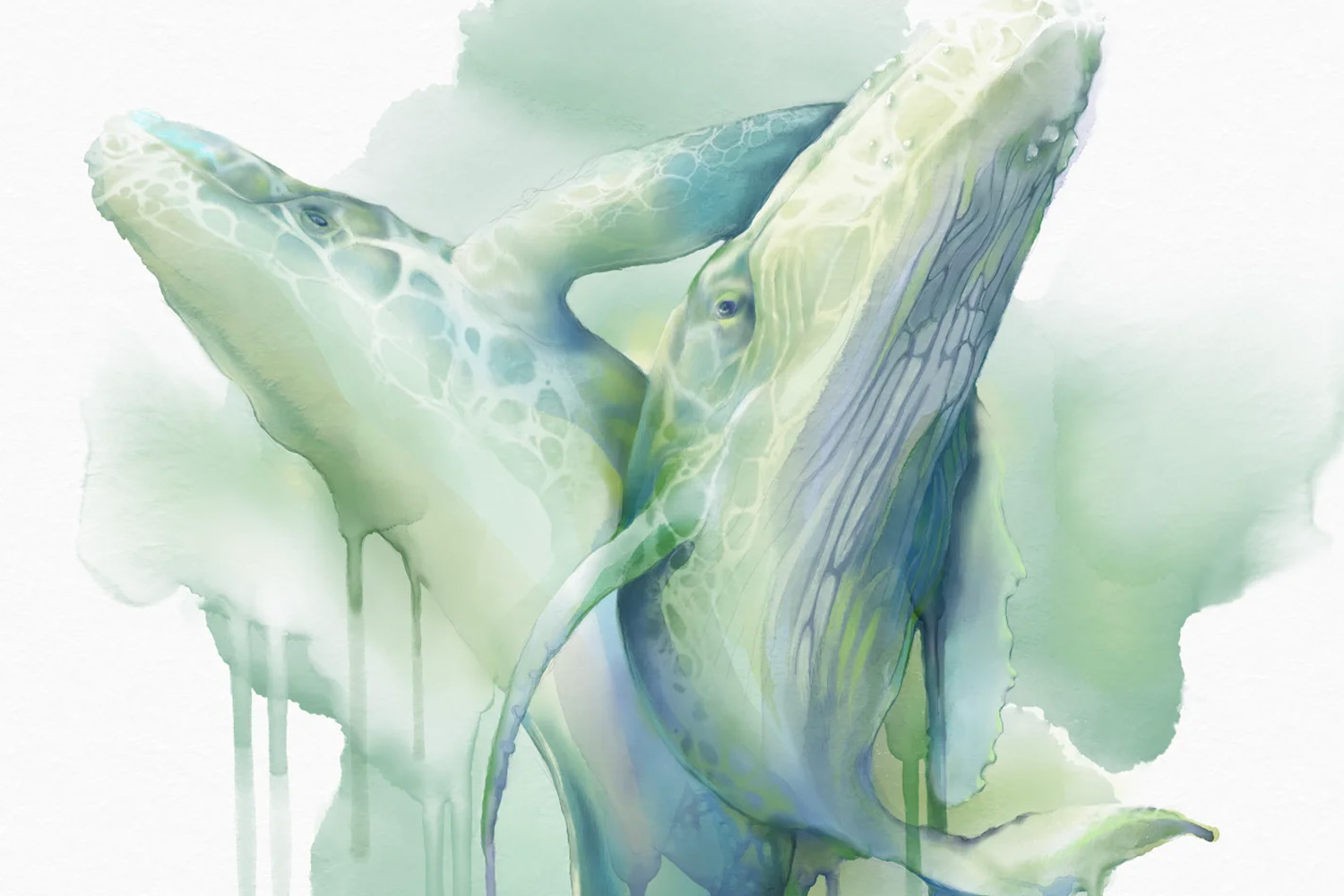Today, let us present to you Simon Lovell - an artist whose delicate watercolor style immediately won our hearts. This experienced Rebelle Featured Artist was kind enough to share insights on how he approaches his creative projects and talks about the importance of "recharging the batteries".
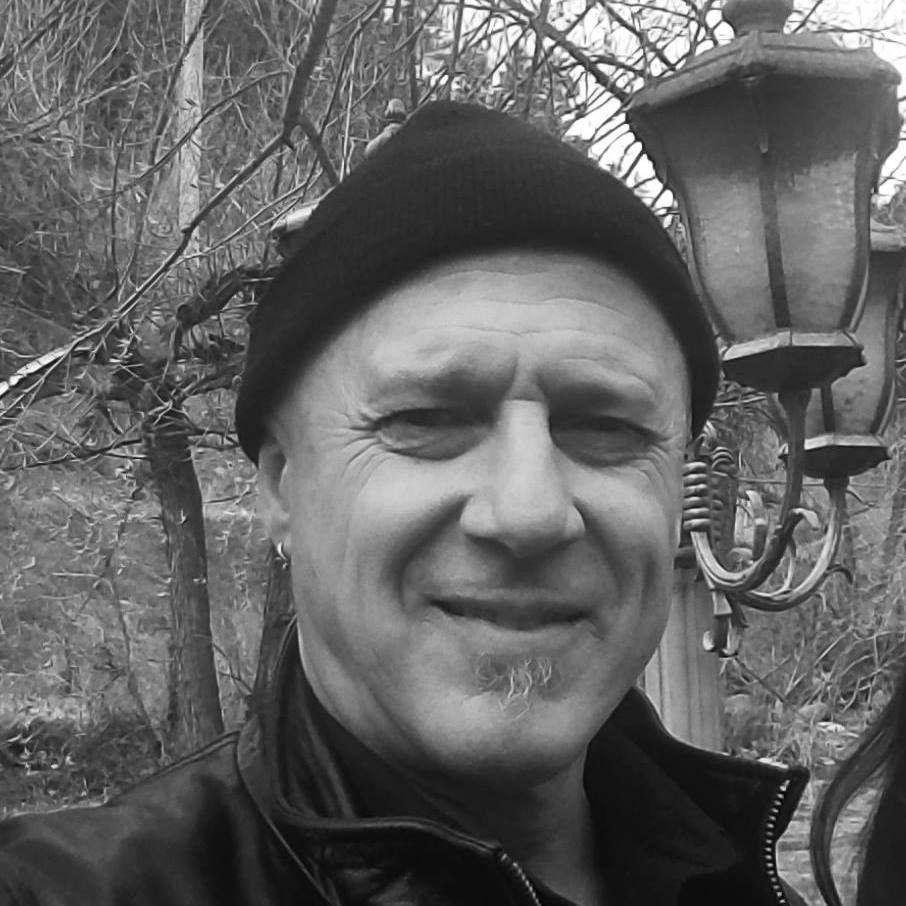
Simon, you are a skilled and experienced artist active for many fruitful years in the creative industry. Tell us, what are some of the projects you’ve done in the past you are most proud of?
I have had been fortunate enough to work on many projects in the industry over many years. Though the commercial industry is often not as fun, free, and creative as personal work, there have been some great projects. One that stands out to me as enjoyable and I am immensely proud of would be Sea World Australia. I was asked to produce several illustrations of sea-life (whales, dolphins, sea lions, and more) that were then to be designed into T-Shirts and other merchandise. I had free artistic license throughout the whole project, from concept through to application and production. It was a thoroughly enjoyable & rewarding experience.
I also used to work for a company that designed and produced merchandise for the old Warner Bros. Studio stores. Though there are strict ‘licensing’ frameworks one must adhere to when developing licensed Character work, I was able to be very free and creative within those bounds. A series I developed for this group was “Looney Tunes Goes Hollywood” where I illustrated many of the beloved WB characters into classic ‘Hollywood’ situations. Such as Bugs into Boulevard of Broken Dreams, and Daffy into the classic Marylin pose of her skirt blowing up, with Daffy’s feathers doing the same (in classic ‘Looney Tunes’ awkwardness).
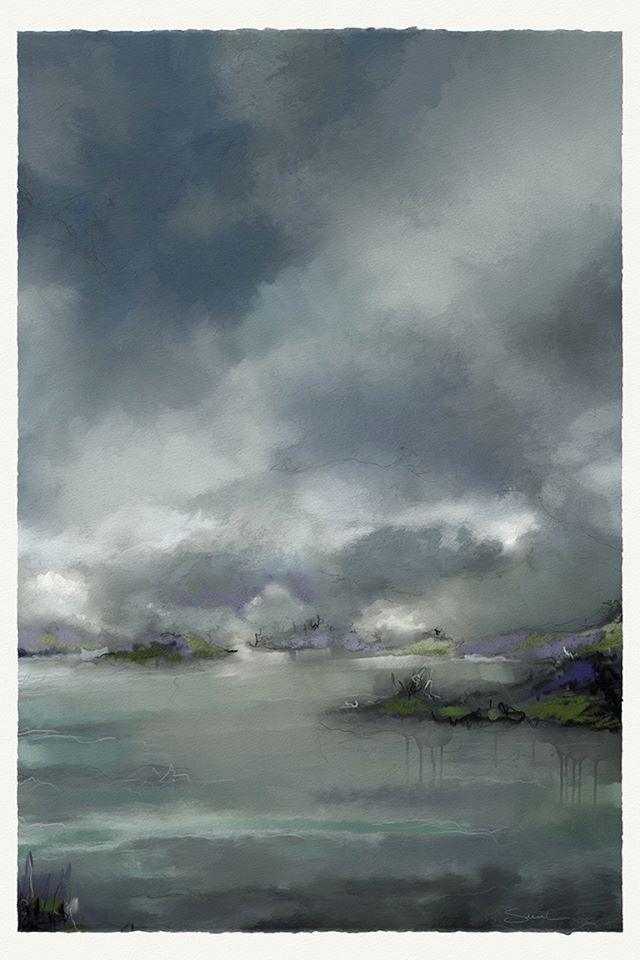
That sounds fun! Your watercolor paintings are a combination of great technique, clear focal point and tasteful color balance. What do you believe are the key elements in creating a good painting?
Apart from the two you already mentioned here ‘focal point and color balance’, there are several things. Something that stands out as imperative for me would be ‘emotion’. There must, for me, be a strong emotional connection to what I am painting. Even if it is a ‘contracted’ piece; I must find some point of connecting emotionally to what I am doing – otherwise it is pointless. The work will be boring, tedious, and bland and this will certainly come out in the final product. I have scrapped or started over more pieces than I can possibly count because I have missed some point of contact here.
Many may also want a clear picture of where they intend to end up when developing a piece. I tend to only have a vague idea of this. I think in the creative process one must remain flexible. This works together with the emotion I was referring to. Let your ‘feeling’ for the subject, as well as for the medium, drive your direction in the work. There is often an intense beauty in how your medium reacts, moves, or interacts with the substrate most unexpectedly that can completely change an artwork's direction almost instantly. You must be ‘in the moment’ – the medium is a partner in the process.
I also treat my digital work as though I were developing in traditional mediums. I don’t rely too much on the ability to layer, undo, redo, etc. Treating it as traditional work, and using mistakes as surprises and direction changes really helps with a creative process for me. It forces one to become a better artist. I think we should always pursue that as the main objective.
And always listen to music that moves you as you work!
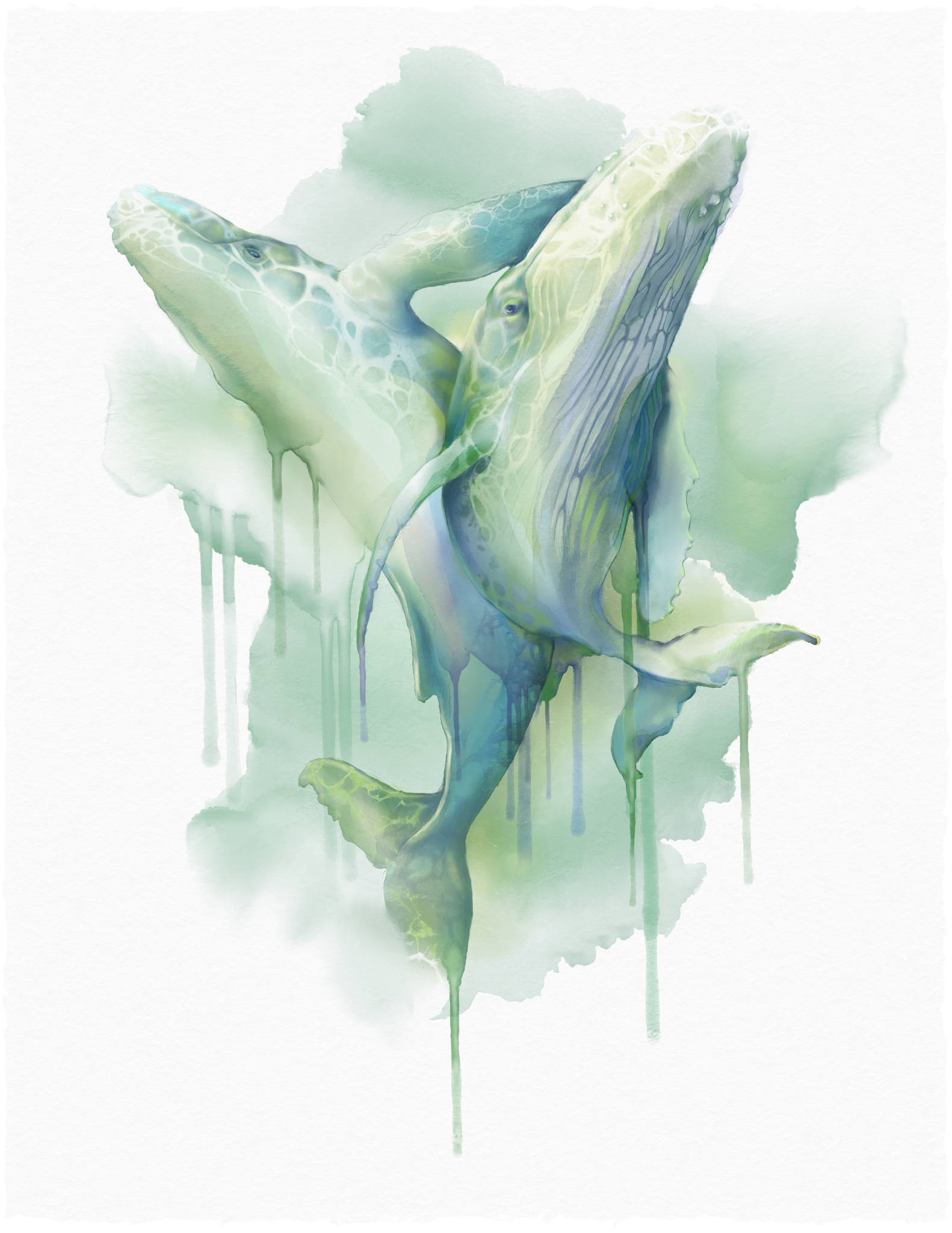
We love how you capture life and movement in your illustrations. On your website, you mention that you find inspiration in nature’s rhythm. We do agree that observing the perpetual motion of life can be an endless well of inspiration. How often do you recommend to ‘charge the batteries’?
As often as you can! Life, people, animals, insects, wind, rain, thunder, ANYTHING at all is always in motion. A simple breeze or gust of wind, and the way a leaf moves in reaction to it.
Textures as well – though static, actually embody some form of movement. Rust is a good example, or rock, they often hold mesmerizing patterns of movement just in what they are. Recharging your batteries doesn’t necessarily mean a trip to the mountains or the beach (though these are preferable if possible). It can simply mean being still and noticing life wherever and whenever. Recognizing the beauty and searching for its particular rhythm and resting with it for a while.
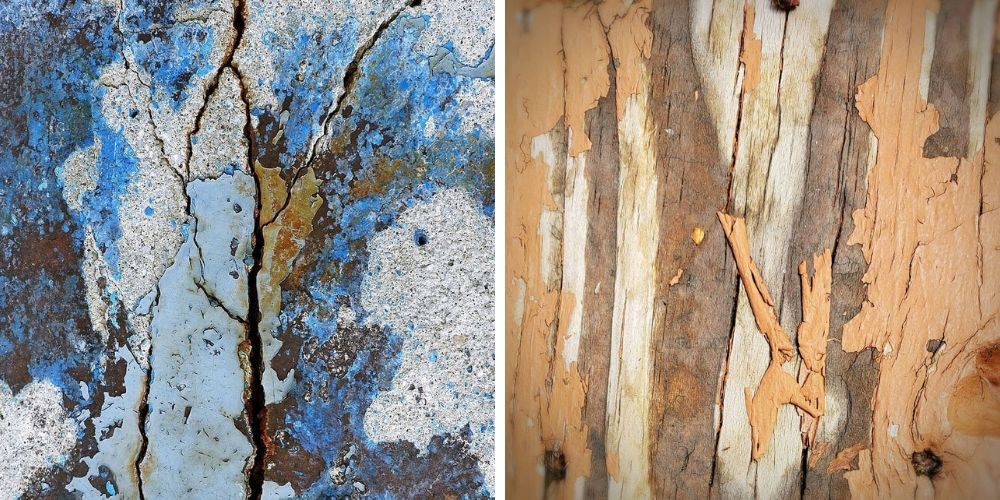
Although you’re a trained traditional artist, digital technologies found their way to your creative process. How did you come across our Rebelle software?
I love technology! It is a problem at times, as I could spend so much on the latest and greatest, but my wife keeps me grounded. But I always keep an eye on what is happening and on new developments. With the advent of portability and robustness of operating systems in various tablets, I found that many developers were coming out with great sketching tools, and being able to sketch and doodle anywhere is very appealing to me. I was always wanting someone to develop some software that could actually emulate watercolors to at least a believable level. Many boasted they did, but all fell so far short that it was ridiculous. Though I work primarily digitally at present, I actually really dislike work that looks “digital”. Too ‘perfect’, an obvious ‘fakeness’ to it – kind of contrived.
Then in my searching, I came across Rebelle. I thought it was just going to be another imitation of what was already out there but downloaded it anyway. I didn’t bother reading too much on instructions and just went at it. I was blown away with the watercolor and paper interactions. I must have just played with the drip engine for 3 hours or more. Then I was SOLD! I delved into more of the instructions on the software and became more and more enthralled with the program. There really is no other software that as closely emulates the real world of watercolor.
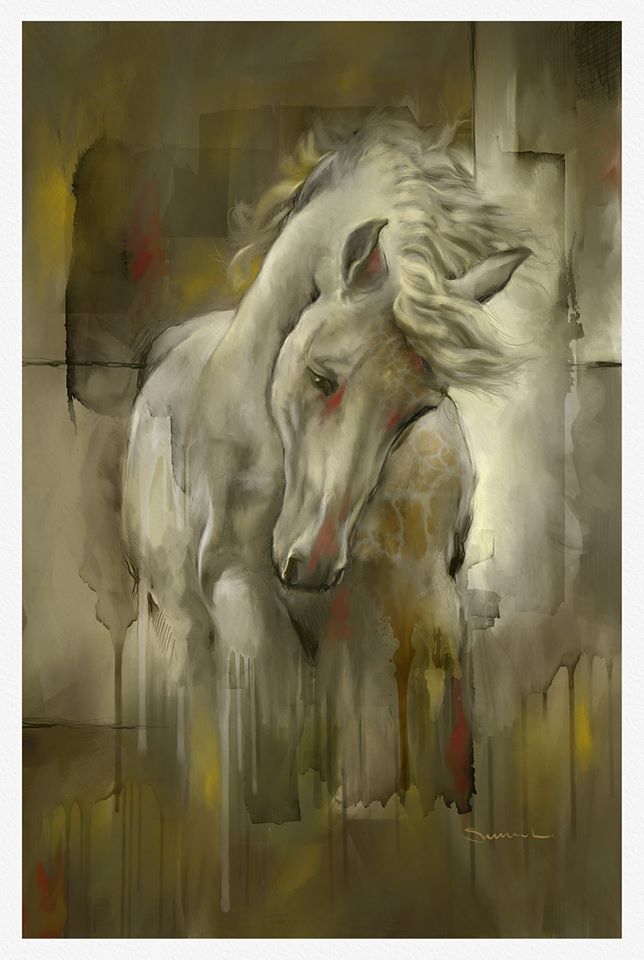
What is its #1 feature that helps you replicate the traditional media on your digital canvas?
As I mentioned above, replicating traditional media is as much about mindset as it is about the platform one is developing on. Striving to NOT succumb to the eases of undoing, and relying on filters, color adjusting tools, etc. but to treat it as you would a pencil on real paper. Outside of this, Rebelle’s papers, and media interactions with it are paramount to help replicate real-world looks and feels. Especially the drip engine, and blow tools. Also, when blending, the ability for blenders to also interact with the paper – as it would – and not simply smudge smoothly, provides even more levels of believability.
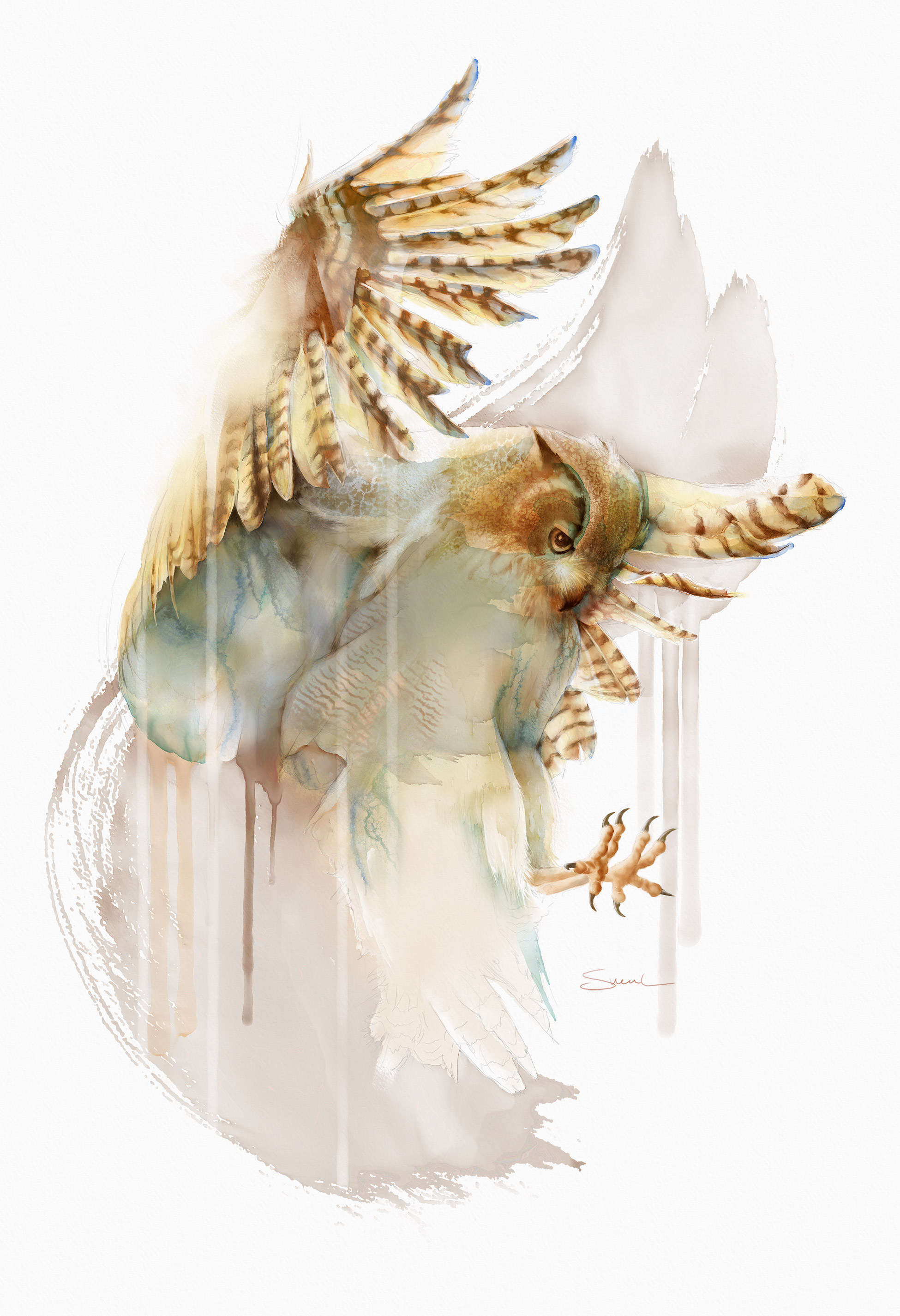
You have a beautiful collection of artworks on your website that are available for sale. Which paintings are your best-sellers?
Yes, a lot of my works are for sale at https://www.simonlovellart.com.
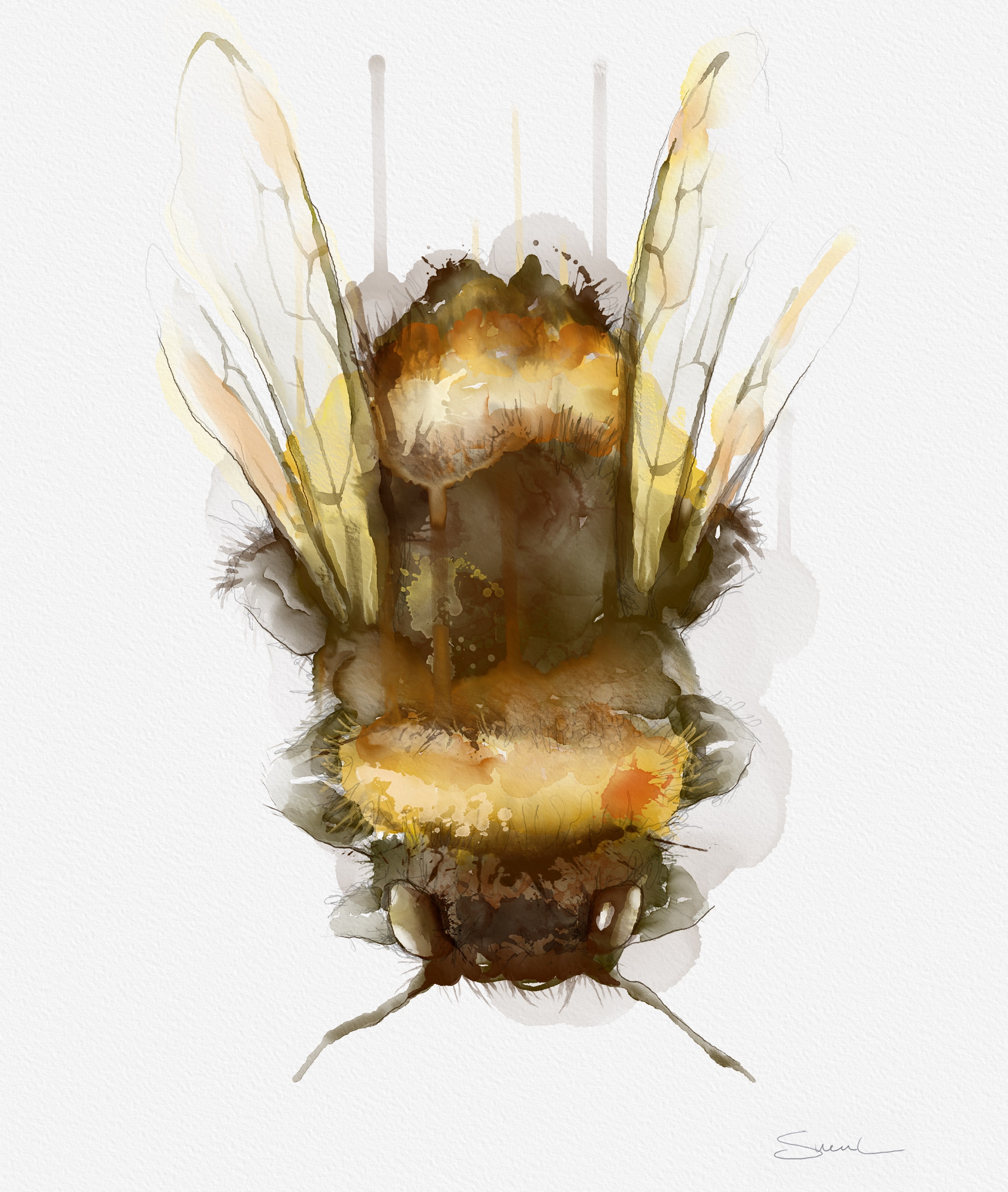
Can you reveal what projects are you working on at the moment? What are you up to?
I am currently working on a few more wildlife works that have been commissioned. Outside of those, I am beginning to do some semi-abstracted landscape type pieces mostly experimental at present.
I did get some new hardware also. I really needed to be able to run Rebelle wherever I was at, and with the same efficiency as I did on my studio computer. Although the price tag is really quite exorbitant, I purchased the Acer ConceptD 9. It is an amazing machine, though “portable” may not fit everyone’s definition, I absolutely love it. And most importantly I can run Rebelle on it as satisfactorily I can on a robust desktop machine!
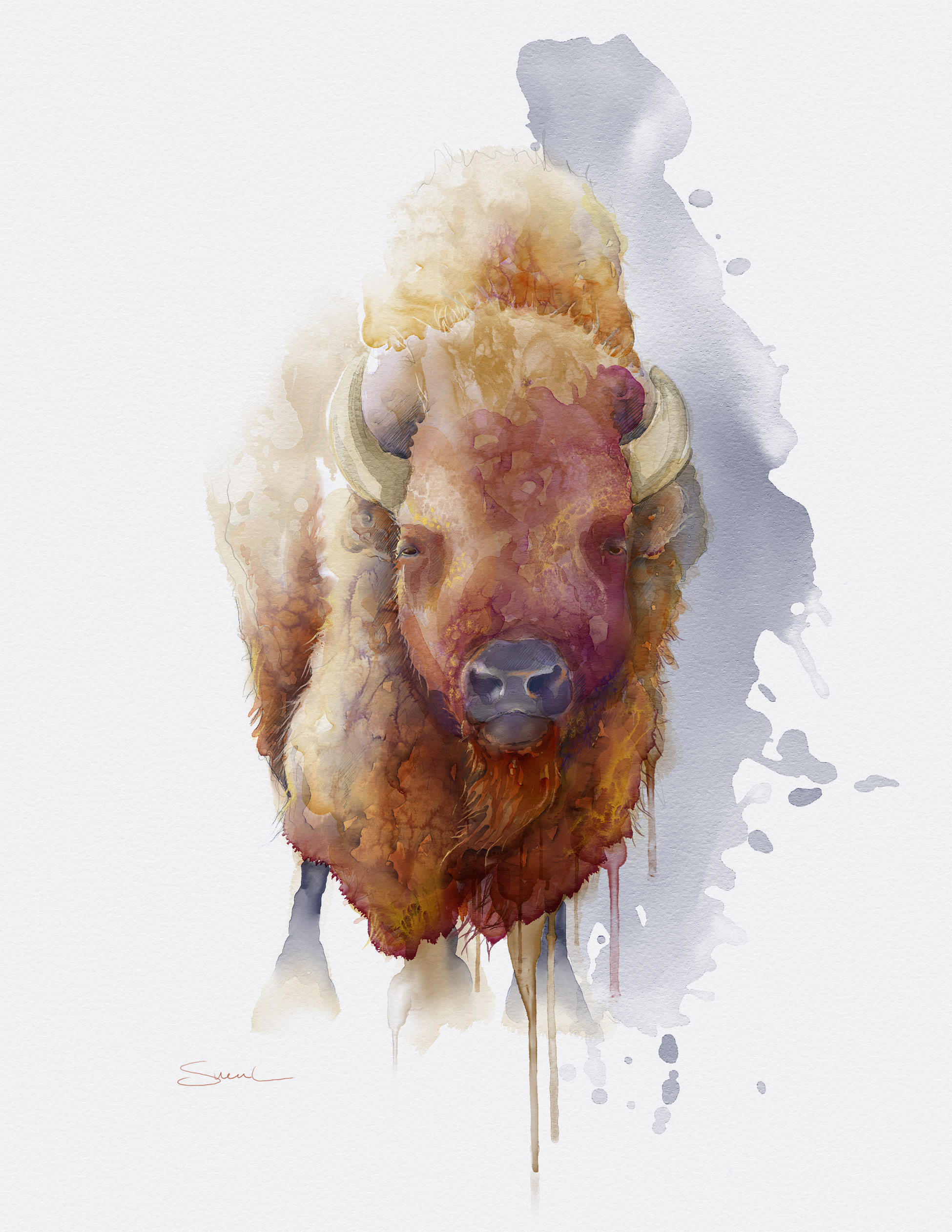
Thank you for your time, Simon! We enjoyed it immensely.
----
Visit Simon’s portfolio website and make sure to follow his recent works on his Instagram and Facebook.
